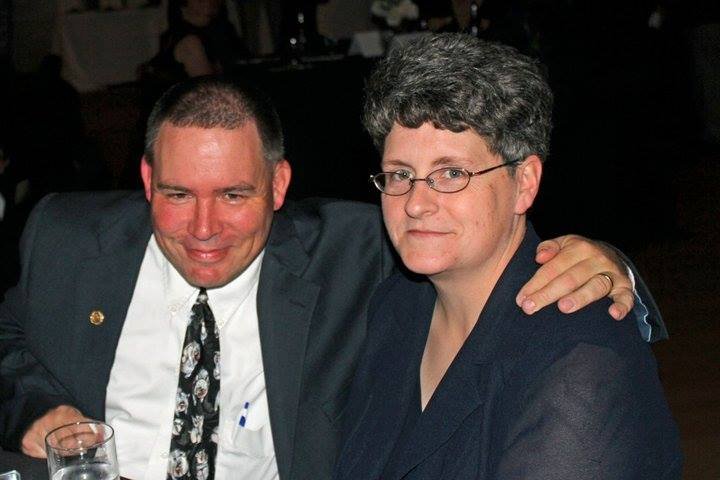In 1988, my wife, Becky, was diagnosed with Bipolar Disorder. Since 1994, when we got married, I’ve been her primary caregiver.
Like many with Bipolar Disorder, she leads an ordinary life. She works. She’s given birth to, and helped raise, two children. She’s buried her mother. In short, she has participated in all of life’s big events.
Through all the events in our married life, I’ve been alongside her. And I’ve been there for many of the more forgettable moments, too.
I’ve sat beside her in the floor of the laundry room while she sobbed uncontrollably after a friend rang the doorbell. I’ve been there as she admitted herself to a mental hospital for acute care. And, I’ve been there when her mania sent her over the top and she spent 20 hours a day in a flurry of activity.
I say I’ve been there, but in one key way, I haven’t been there.
No matter how much I care for her, no matter how much energy and effort I put in to help her through the inevitable ups and downs, I can’t tell you that I know what she is feeling. I can’t put myself in her shoes.
For any caregiver, that’s a shortcoming we all struggle with. We can take care of the basic needs of running a household or caring for our loved one. But we can’t know what it’s like. In our case, there have been years of conversations in the wake of manic and depressive episodes, in which Becky tells me what she was feeling, what she was thinking. They are painful conversations for her, I am sure. But they help me, as much as I can be helped, to understand what she’s going through.
Still, I can’t really know what she’s thinking in the moment.
I’ve long since stopped trying to find the logic in some of the things she does when she’s in the throes of an episode. It is hard to understand, for instance, what makes a person who hates having their photo taken, stop in the mall on a lark and pose for an expensive Glamour Shots session.
Instead, I’ve learned what actions help her the most and I make sure we take those actions.
Sometimes that means rest and sleep – lots of it. Other times, it means an unscheduled trip to the doctor. Sometimes it means going places with her to ensure she doesn’t spend money she’ll regret later.
I’ve come to realize that I won’t ever fully understand the trauma she goes through in the midst of an episode. It’s OK that I can’t put myself in her place. The fact that I can’t means I’m better able to ensure she gets the appropriate care when she needs it because I’m able to think with a clear head when she can’t.
Understanding that I can’t fully comprehend what she’s going through is actually a big relief for me as a caregiver. I have responsibilities when it comes to helping my wife deal with her diagnosis, but I don’t have to get inside her head.
This is part one of a series of personal entries on being a caregiver, titled “Outside Looking In“.
~ Johnny Whitfield is a former newspaper reporter and editor.
For help, caregivers can turn to organizations like Breaking Taboo, www.breaking-taboo.org, to learn more about their role as a caregiver and how best to help someone with a mental health diagnosis.

